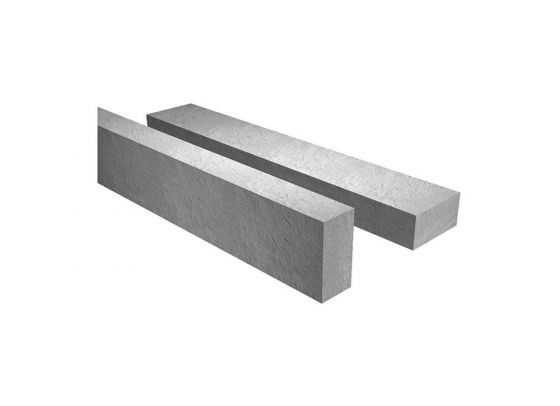
Concrete lintels are the unsung heroes of construction, silently holding the weight above windows, doors, and other openings in your house. But with so many options available, choosing the right concrete lintel can seem daunting. This guide outlines different types of concrete lintels.
So, what are the main classifications of concrete lintels?
Prestressed Concrete Lintels: These are the workhorses of the lintel world. High-tensile steel wires are stretched within the concrete during manufacturing, giving them superior strength and allowing them to span larger openings compared to non-prestressed options. This makes them ideal for supporting heavier loads
Non-Prestressed Concrete Lintels: These are simpler in design and suitable for smaller openings or situations with lower weight requirements. They are often more affordable than prestressed lintels but may have limitations on the span they can support
Choosing the Right Lintel: It's All About the Load
The most crucial factor in choosing a concrete lintel is the load it needs to support. This will depend on the weight of the wall above the opening, the span of the opening, and any additional factors like floor joists resting on the lintel. Consulting with a structural engineer is vital to determine the exact load requirements and select the appropriate lintel type and size.
Beyond the Basics: Fire Resistance and Insulation
Some concrete lintels offer additional benefits like fire resistance and insulation. Fire-resistant lintels are designed to withstand high temperatures for a specific period, providing additional safety in case of a fire. Insulated lintels can help improve the thermal performance of your building by reducing heat transfer through the opening.
Concrete lintels may seem like simple components, but they play a vital role in the structural integrity of your building. Understanding the different types of concrete lintels and their functionalities empowers you to make informed decisions for your next project. Remember, consulting with a structural engineer for specific load calculations and recommendations is crucial for a safe and successful build.
